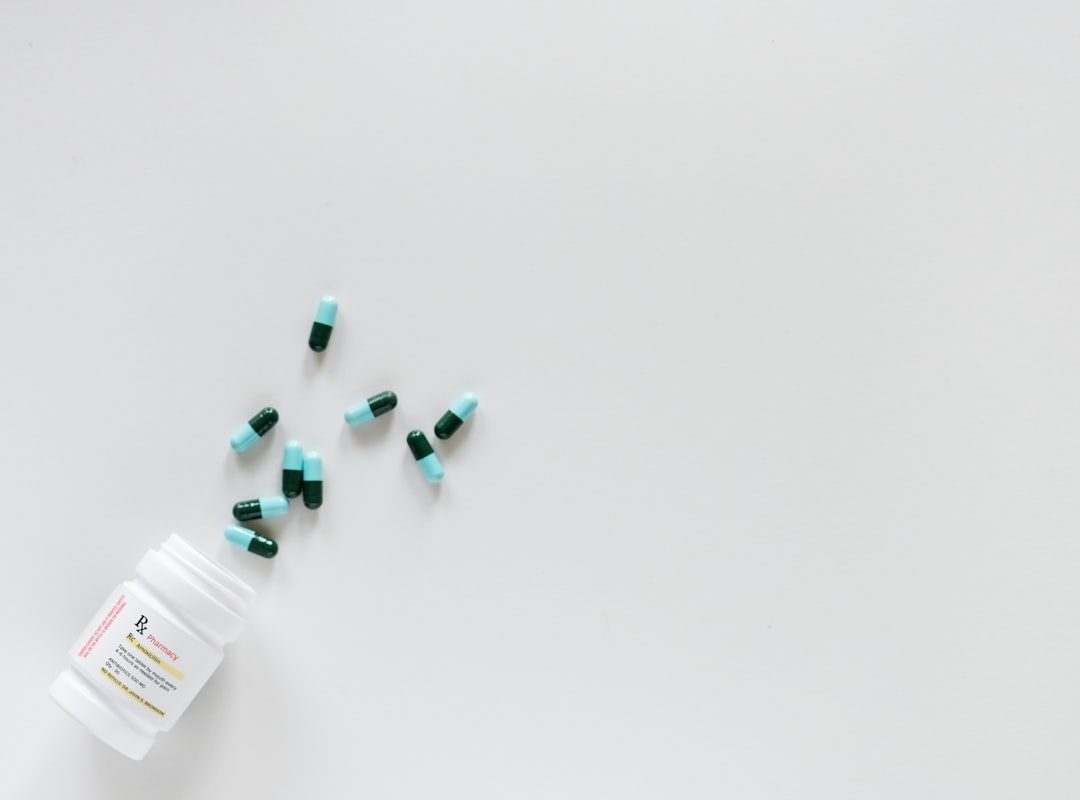A placebo (pluh-SEE-bow) is a treatment that looks like a regular treatment, but is made with inactive ingredients that have no real effect on patient health. Placebos are used in some types of clinical trials to help make sure results are accurate. Understanding how placebos are used in clinical trials can help you decide whether or not you want to participate, and which trial you want to enroll in.
This guide will answer common questions about the role of placebos in clinical trials, including:
- Why are placebos used in clinical trials?, and explaining the placebo effect.
- When are placebos used?
- What is a control group? What does double blind mean?
Why placebos are used in clinical trials
Over years of research, doctors have discovered that some people start to feel better even if they just believe they’re being treated. This is known as the placebo effect, and happens in around 1 in 3 people. Although this effect usually doesn't last for a long time, it can make a new treatment seem to help more than it actually does.
The placebo effect can happen for many reasons during a clinical trial. For example, patients who already believe in a particular treatment, such as stem cell therapy, are more likely to sign up for a study involving it. This means that before the study even starts, the participants in the study already have an expectation that the therapy will work, which can make them more likely to report some improvement in symptoms with the treatment (or a placebo) just because they expect to be helped by the treatment.
By having some clinical trial participants take a placebo instead of the study treatment, doctors can see how much of the positive effect patients have when they take the new medicine is not just due to the placebo effect, but actually because the therapy is effective at treating the condition.
Are placebos always used?
At the beginning of some clinical trials, participants will be separated into two groups: the investigational group and the control group. The investigational group receives the new treatment that is being studied, while the control group does not.
While placebo groups are one way to learn if a new treatment is really effective or not, the idea that every control group involves placebos is a common myth. There are many types of groups that are used. For example, in some studies, participants will all receive the study treatment, but in varying amounts (which allows us to understand what amount works the best).
Common types of control groups
Standard medication
In this group, patients are given an existing medication called the standard of care. The standard of care is an already approved medication that is commonly prescribed for the type of patients participating in the study. This type of control group is also called an active control group, and is relatively common because it ensures that patients in the control group are receiving the best treatment they would be receiving if they weren't participating in the trial.
Historical
In this group, every patient receives the new treatment. Instead of comparing investigational and control groups, researchers compare data from different time points. This is done by collecting data before the new treatment is administered, while it’s administered, and after a treatment has ended.
No treatment
In this kind of group, patients aren’t given any treatments at all. These trials are less common, because patients who are in the no treatment group will know very clearly that they're in a control group (since they're not receiving any treatment at all). Like placebos, they are only used when they do not risk patient safety.
Placebo
In this group, patients receive inactive medicine. Placebos are often referred to as sugar pills, but they are not limited to oral medications. For example, a saline injection is another popular placebo for trials studying injectable medicines. True placebos are only approved to be used when receiving a placebo would not be dangerous to anyone participating in the study.
It's important to note that not all studies involve control groups or placebos, and the design of the trial is decided on before a clinical trial starts. Placebos are never allowed to be used in a study if it would mean putting people at risk by not allowing them to have an effective therapy. For example, in cancer clinical trials, placebos are almost never used. There are also some types of trials where placebos are not commonly used. For example, phase 1 trials and studies involving new surgical treatments rarely involve placebos.
In many cases, patients will not have to stop their current therapy if they're placed in the placebo group (so the patients will not be receiving no treatment at any given time). Furthermore, in trials where there is a control group, it’s common practice that patients who initially don't receive the new medicine will be switched to receiving the study treatment at a later point during the study. This usually occurs after 8-12 weeks when enough information has been collected on how they perform without the new treatment. Most phase 3 trials are designed so that all participants will get access to the study drug before the trial ends.
How do I know if I'm taking a placebo?
In most cases where a placebo is involved, you won't know if you're taking one, and it's often the case that your medical team won't know either. This is because knowing what treatment participants are taking can affect the results of a clinical trial.
For example, if a doctor running the trial strongly believes the new treatment is better than what's available today, he or she might subconsciously try to help sicker patients by putting them into the group that receives the new treatment. So at the end of the study when the team is looking at the results, it might look like the new treatment didn't work as well as the old treatment, just because patients who received the new treatment were already much sicker than the ones receiving the old one to begin with.
For participants, knowing they’re getting a placebo can cause them to not report all the health problems that come up, while those who know they're on the treatment do. This can make the treatment look like it has worse side effects than it does. If people don't know if they’re getting the treatment being studied or a different one, it makes the results more likely to be valid.
To make sure the results are accurate, doctors often use two methods called blinding and random assignment.
Blinding
Blinding is where one or more groups involved with the clinical trial don't know what treatment the participant in the study is receiving.
Some of the groups that the researchers might want to prevent from knowing what treatments the patients are on include:
- The patient being treated
- The medical staff giving the treatment
- The physician who evaluates if the therapy is working
- The team that analyzes the results
Two common types of blinding are single-blind and double-blind. In a double-blind study, neither the patients, nor the medical staff treating the patient know which of the possible treatments the patient is taking. In a single-blind study, the researchers know what medicine each patient is taking but the patient does not.
Random assignment
Random assignment can be used to help make sure that the right groups are blinded in the study. With random assignment, patients are placed into a treatment group randomly. (referred to as a ‘randomized control’).
One way that participants are randomized is by using a computer to assign patients to groups. Programs that do this can make sure the investigational group and the control group to be as similar as possible in terms of age, sex, and other features. This way, trial results also won’t be influenced by large differences between the two groups.
Most likely, you won't know during the study if you're in the investigational group or control group, but once the trial is finished, all participants should be informed of which group they were placed in.
Safety of placebos and other control groups
In any trial where patients may receive a placebo, they will always be notified of this possibility during the informed consent process before joining a trial. This will cover any potential risks associated with the control group treatment, and what percent of patients are placed in a group that doesn't receive the study treatment. So while you may not know if you are in a control group, the medical team will provide the details that allow patients to make an informed decision about whether participating is the right choice for their situation.
While the possibility of receiving a placebo can seem scary, remember that trials are designed with patient safety as the first priority. Part of the approval process with the FDA and IRB before a trial begins includes reviewing what treatment groups will be used. If the possibility of receiving a placebo would be unsafe for any potential participants, the IRB withholds approval from the study.
What Clara Does
Clara Health was established to help patients match with relevant clinical trials & research studies. We believe that all patients should have the power to access the most advanced healthcare available and our goal is to make this process as seamless as possible.
Want to see what Clara can do for you?
- Sign up for Clara Health (FREE)
- Instantly filter through over 50,000 clinical trials to find the studies that are a fit for you.
- If you’d like a helping hand, we can walk you through the process of finding and applying for clinical trials.





